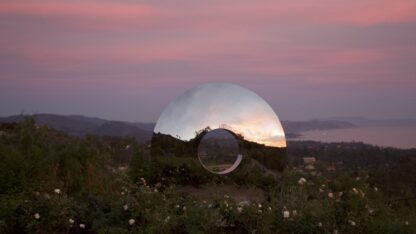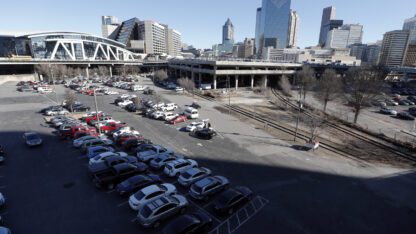American artist Georgia O’Keeffe is treasured for her surreal Southwestern landscapes, sensuous abstractions in color and form, and mesmerizing paintings of flowers. A major chapter of her work explores a very different subject – the cityscapes of New York, created early in her career.
A new exhibition, organized by the Art Institute of Chicago, the first ever that focuses specifically on this body of O’Keeffe’s work, is coming to the High Museum: “Georgia O’Keeffe: My New Yorks,” on view from Oct. 25 through Feb. 16, 2025.
High Museum of Art Chief Curator Kevin W. Tucker joined “City Lights” host Lois Reitzes to discuss O’Keeffe’s years in New York City.
When asked about how the exhibition found its way to Atlanta, Tucker explained that the High Museum worked to bring it to Atlanta from their sister institution, the Art Institute of Chicago.
“It’s such a fascinating subject because it’s looking at this moment that really has not been explored in O’Keefe’s career,” he said.










